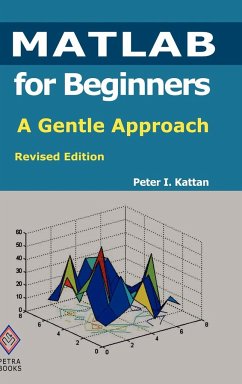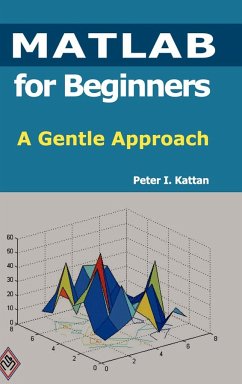
Statistical Approach to Background Subtraction for Production of High-Quality Silhouettes for Human Gait Recognition
Versandkostenfrei!
Versandfertig in über 4 Wochen
28,99 €
inkl. MwSt.
Weitere Ausgaben:

PAYBACK Punkte
14 °P sammeln!
This thesis uses a background subtraction to produce high-quality silhouettes for use in human identification by human gait recognition, an identification method which does not require contact with an individual and which can be done from a distance. A statistical method which reduces the noise level is employed resulting in cleaner silhouettes which facilitate identification. The thesis starts with gathering video data of individuals walking normally across a background scene. The video is then converted into a sequence of images that are stored as joint photographic experts group (jpeg) file...
This thesis uses a background subtraction to produce high-quality silhouettes for use in human identification by human gait recognition, an identification method which does not require contact with an individual and which can be done from a distance. A statistical method which reduces the noise level is employed resulting in cleaner silhouettes which facilitate identification. The thesis starts with gathering video data of individuals walking normally across a background scene. The video is then converted into a sequence of images that are stored as joint photographic experts group (jpeg) files. The background is subtracted from each image using a developed automatic computer code. In those codes, pixels in all the background frames are compared and averaged to produce an average background picture. The average background picture is then subtracted from pictures with a moving individual. If differenced pixels are determined to lie within a specified region, the pixel is colored black, otherwise it is colored white. The outline of the human figure is produced as a black and white silhouette. This inverse silhouette is then put into motion by recombining the individual frames into a video. This work has been selected by scholars as being culturally important, and is part of the knowledge base of civilization as we know it. This work was reproduced from the original artifact, and remains as true to the original work as possible. Therefore, you will see the original copyright references, library stamps (as most of these works have been housed in our most important libraries around the world), and other notations in the work. This work is in the public domain in the United States of America, and possibly other nations. Within the United States, you may freely copy and distribute this work, as no entity (individual or corporate) has a copyright on the body of the work. As a reproduction of a historical artifact, this work may contain missing or blurred pages, poor pictures, errant marks, etc. Scholars believe, and we concur, that this work is important enough to be preserved, reproduced, and made generally available to the public. We appreciate your support of the preservation process, and thank you for being an important part of keeping this knowledge alive and relevant.












